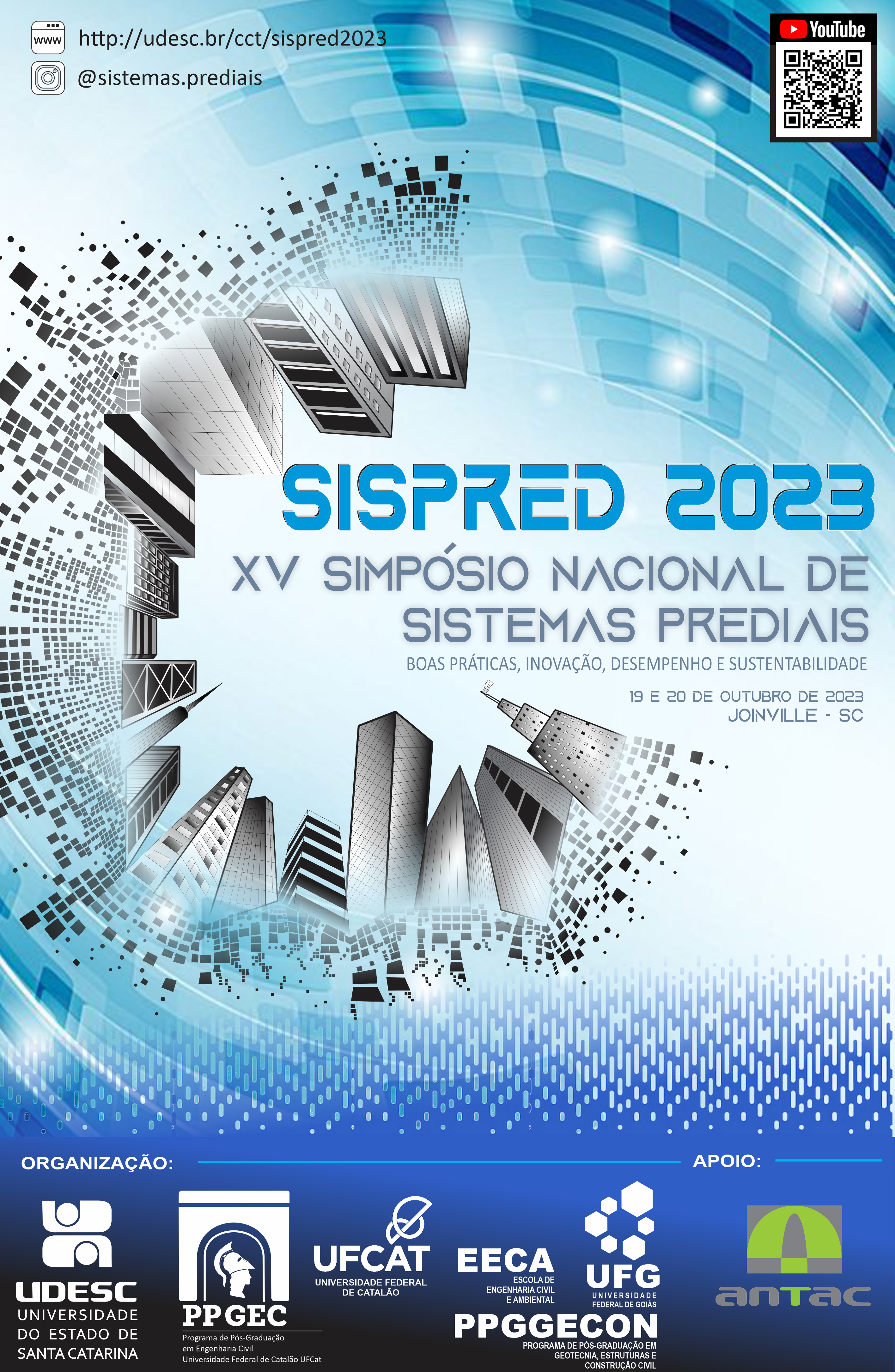Control of runoff in urban allotments by stormwater infiltration dry-wells
DOI:
https://doi.org/10.46421/sispred.v3.4588Keywords:
Stormwater, Dry-Well, runoff control, Source Drainage, Urban flooding, On-lot drainageAbstract
ABSTRACT: The growing process of urbanization intensifies the waterproofing surfaces of cities resulting in impacts on the water balance and increase of urban flooding. This phenomenon is associated with a runoff increase and a concentration time reduction, which results in higher flow peaks in the contribution basin. Source drainage systems aim to reestablish or preserve the water balance in built-up areas, promoting the retention or detention of incident rainfall. Thus, using a hypothetical urban allotment, 4 implementation scenarios were evaluated, considering different installations of dry-wells in built-up areas and reference scenarios (natural and urbanized land without any drainage system). The dry-wells were implemented individually and collectively and the reduction in peak flow and increase in concentration time was compared. It was noted that the dry-wells collective implementation had a greater impact on runoff control, reducing the flow volume more efficiently, and that the dry-wells implemented individually in the lots were the ones that most decreased the peak flow.
Downloads
References
ARAUJO, A.G. Análise do desempenho de poços de infiltração na cidade de Goiânia –GO.2010.133 p. Dissertação. Escola de Engenharia Civil, Universidade Federal de Goiás, Goiânia, Goiás.2010.
ASSOCIAÇÃO BRASILEIRA DE NORMAS TÉCNICAS. NBR 7229: Projeto, construção e operação de sistemas de tanques sépticos. Rio de Janeiro, 15, 1993.
BROWN, S. A.; STEIN, S. M.; WARNER, J. C.; Urban Drainage Design Manual: Hydrauic Engineering Circular 22, Second Edition. Colorado-EUA, 478 p, 2001.
COSTA, A. R. da; PRADO, L. A. Espacialização de chuvas intensas para o Estado de Goiás e o sul de Tocantins. Revista Engenharia Agrícola, 2003; 268-273.
COSTA, A. R. da; SIQUEIRA, E. Q. de; MENEZES FILHO, F. C. M. de; Curso Básico de Hidrologia Urbana: Nível 3. Brasília – DF. ReCesa, 2007, 130.
IBGE – Instituto brasileiro de geografia e estatística. Censo demográfico 2022. Disponível em: Panorama do Censo 2022 (ibge.gov.br)
MENEZES FILHO, F. C. M. de; TUCCI, C. E. M. Alteração na relação entre densidade habitacional x área impermeável. REGA, 2012; 49-55.
MUTH, C.; BRISON, L.; BERNHARDT, EMILY. Inquiry-based exploration of human impacts on stream ecosystems: The Mud Creek case Study. Disponível em: <http://www.learnnc.org/lp/editions/mudcreek/6394>Acesso em: 29/06/2016, às 11:45.
ONU Organização das Nações Unidas. 2022. ONU NEWS: Perspectiva Global Reportagens Humanas: População Mundial. Disponível em: https://news.un.org/pt/tags/populacao-mundial. Acessado em 07 de outubro de 2023.
REIS, R. P. A. Proposição de Parâmetros de Dimensionamento e Avaliação de Desempenho de Poço de Infiltração de Água Pluvial. 2005. 174 p. Dissertação (Mestrado em Engenharia Civil - CEMEC) - Escola de Engenharia Civil, Universidade Federal de Goiás, Goiânia, GO. 2005
TUCCI, C. E. M. Águas Urbanas. In: TUCCI, Carlos E. M.; BERTONI, Juan Carlos (Org.) Inundações Urbanas na América do Sul. ABRH, 2013; 11-44.

